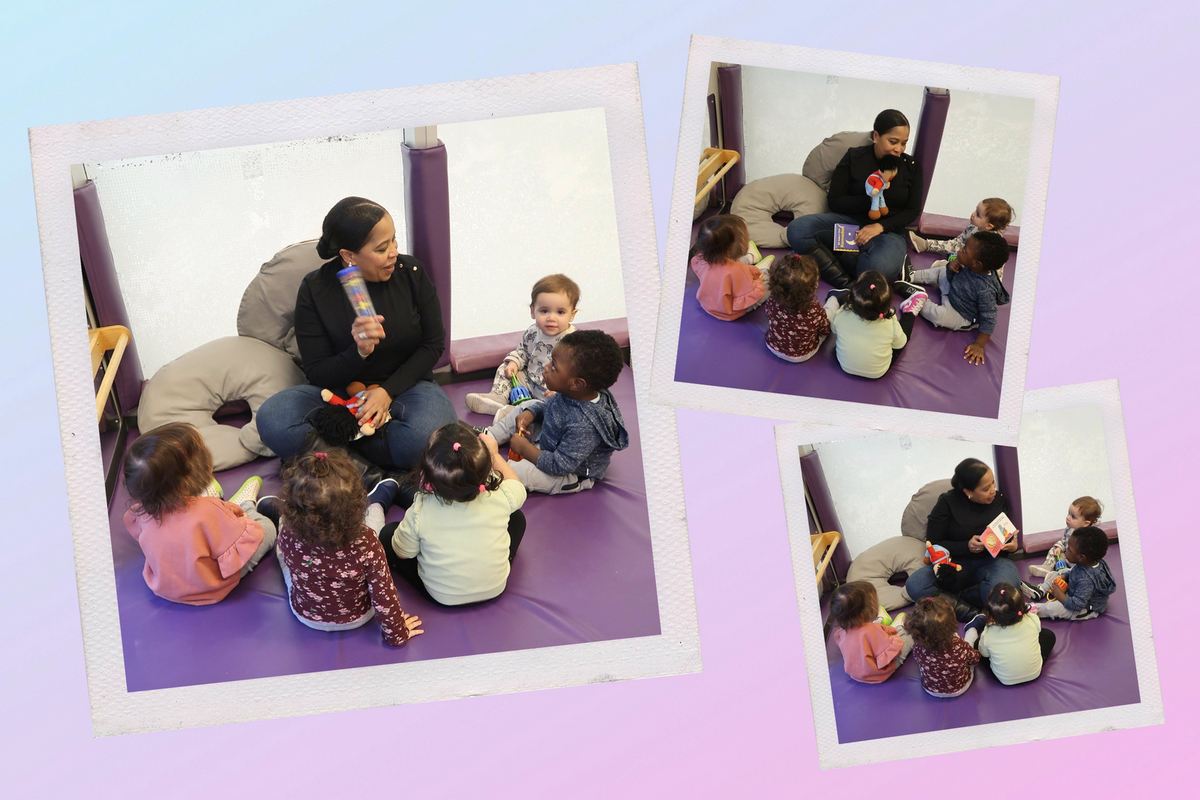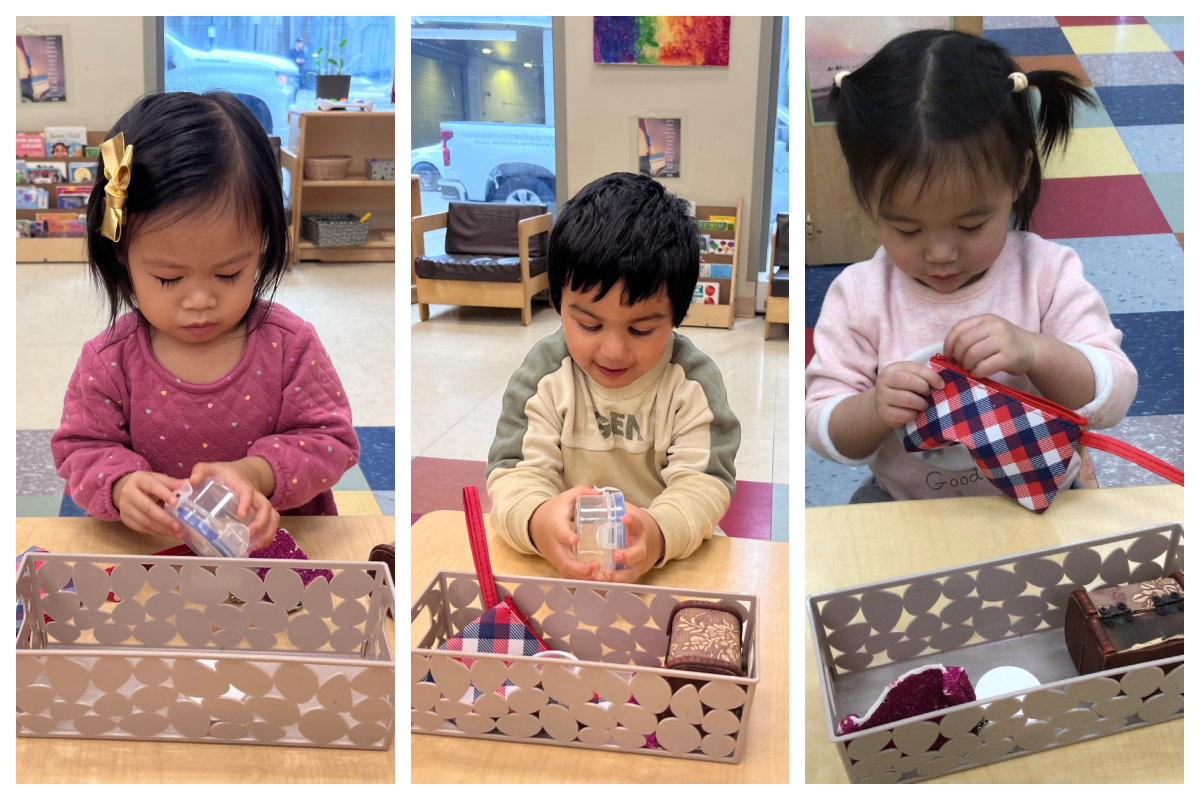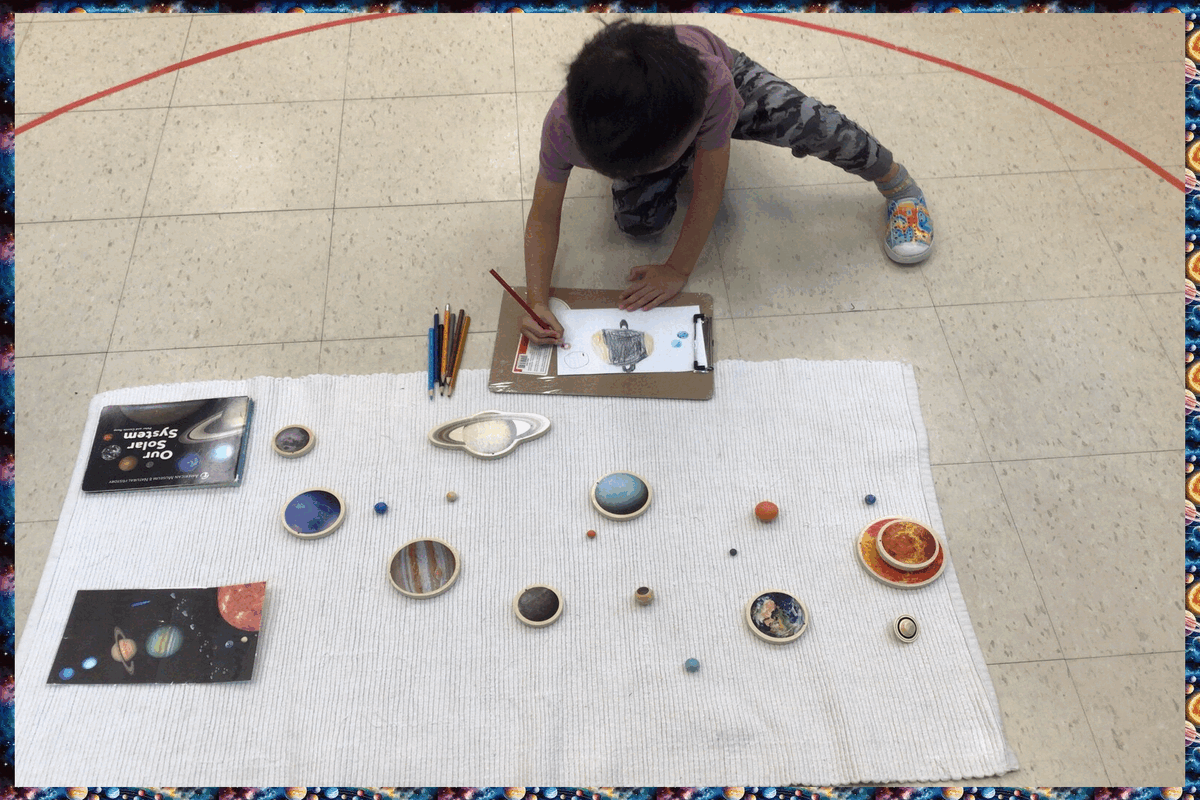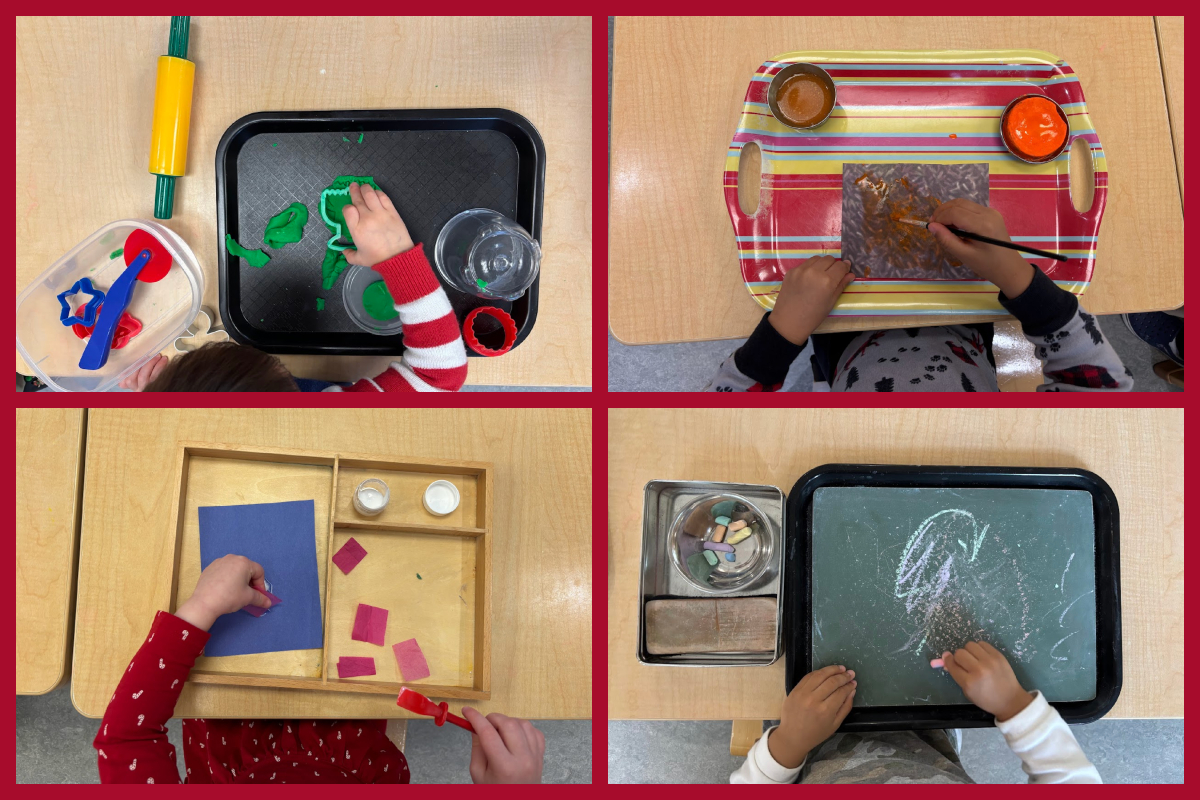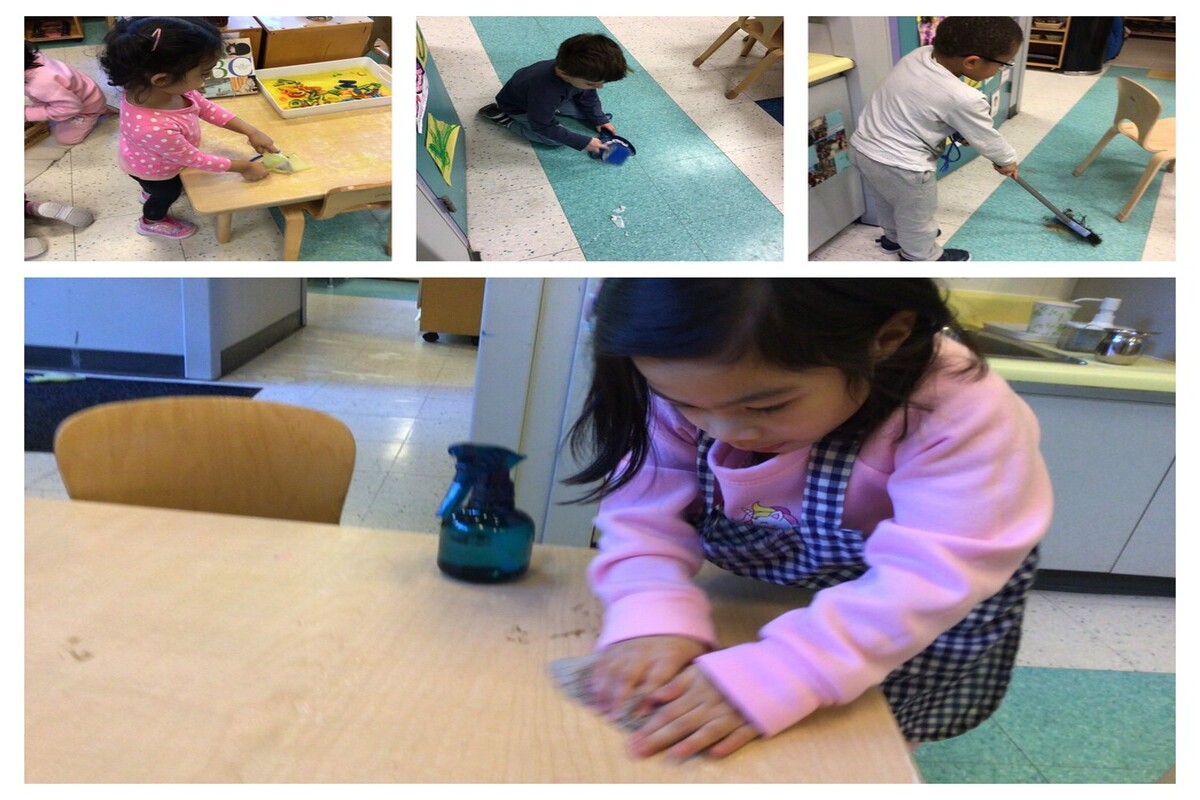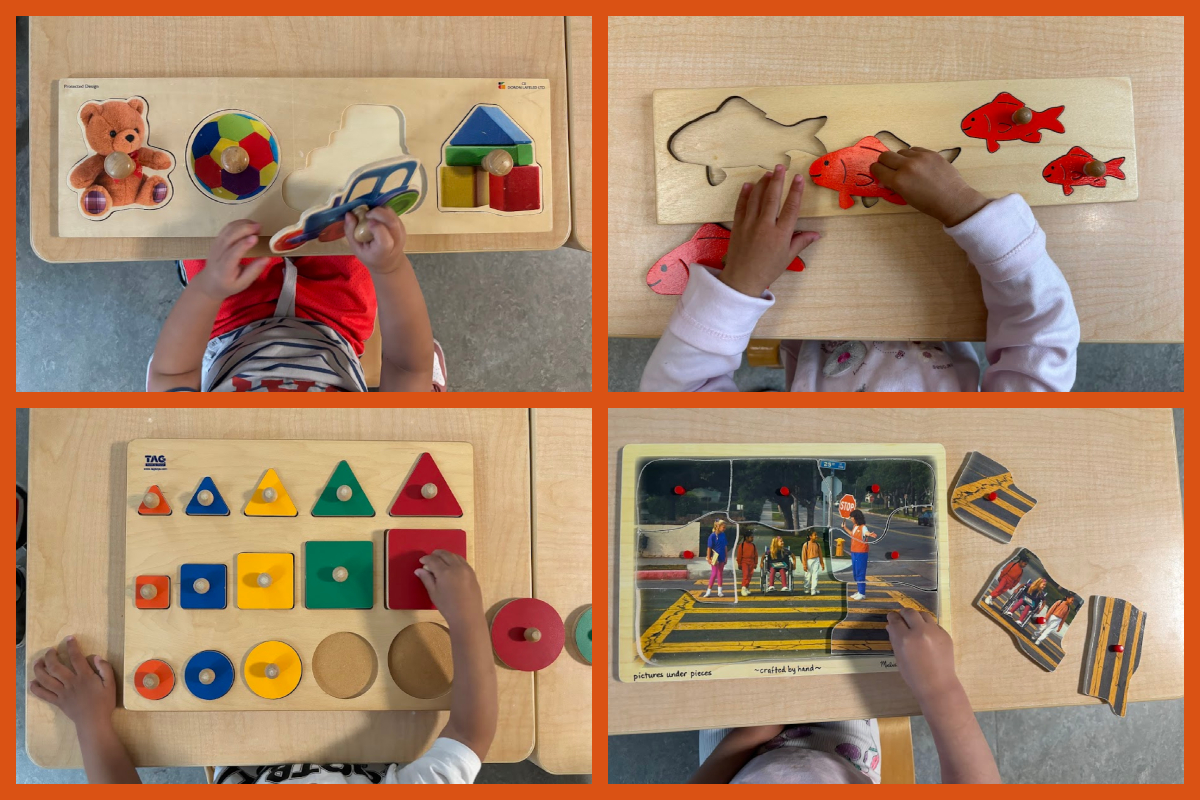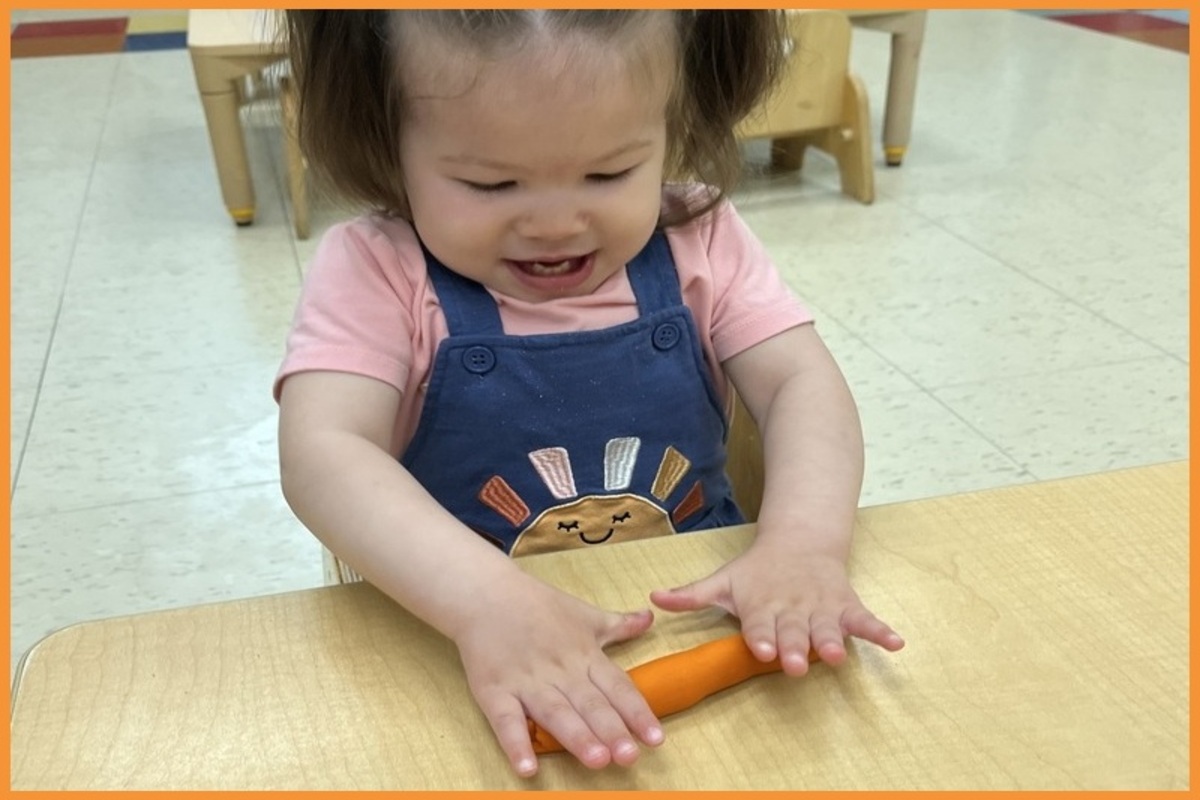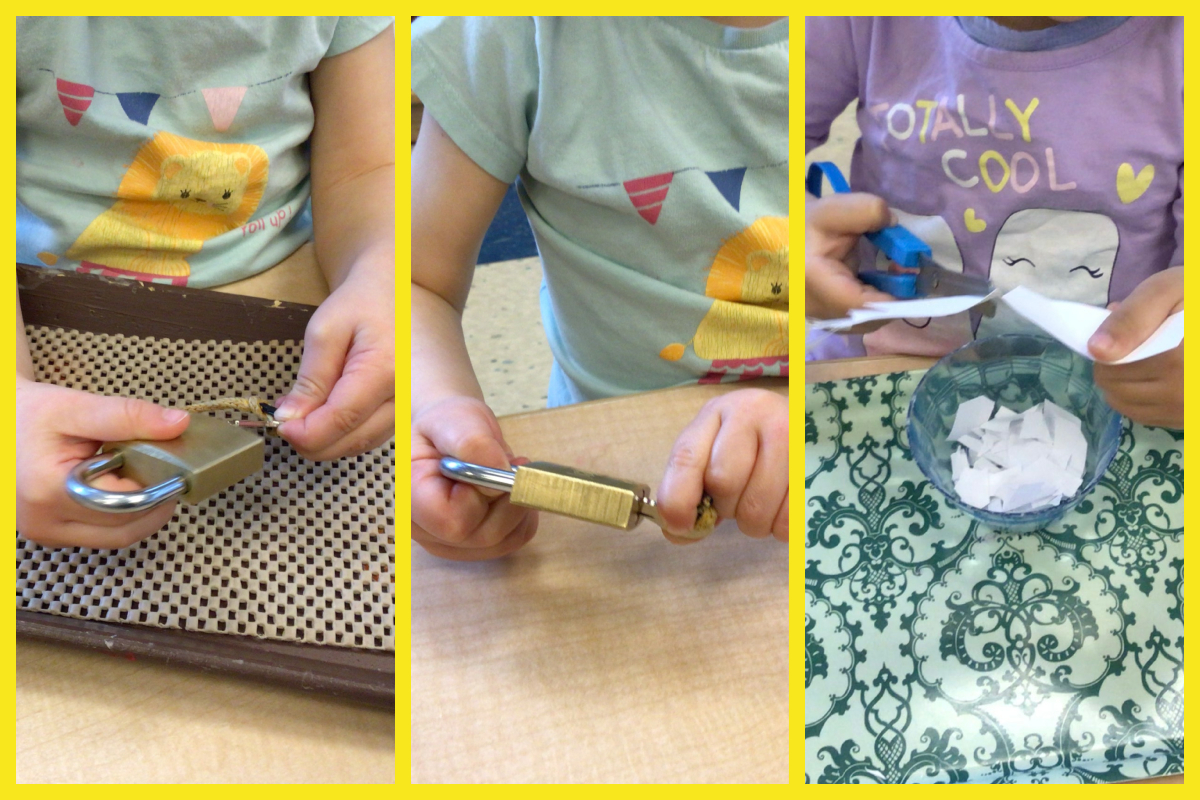Circle Time
Circle time in the Under 2 classroom provides an opportunity for the children and teachers to come together, sing songs, have puppet play, and listen to stories while enhancing language skills, promoting listening and attention, and building a sense of community. (Click for more information.)
View
